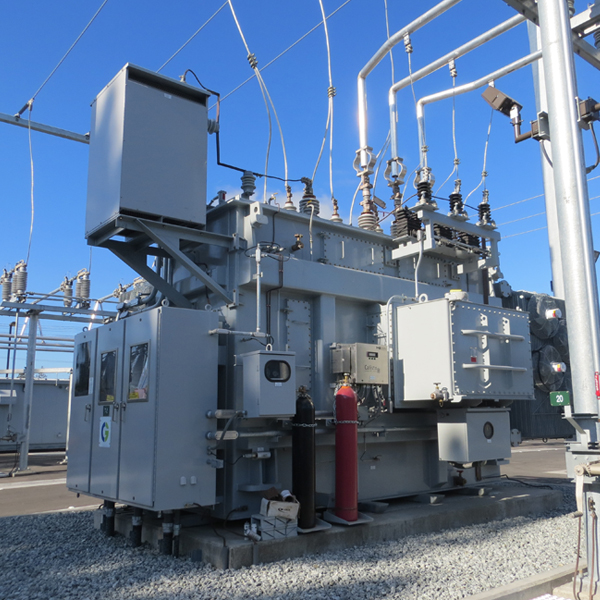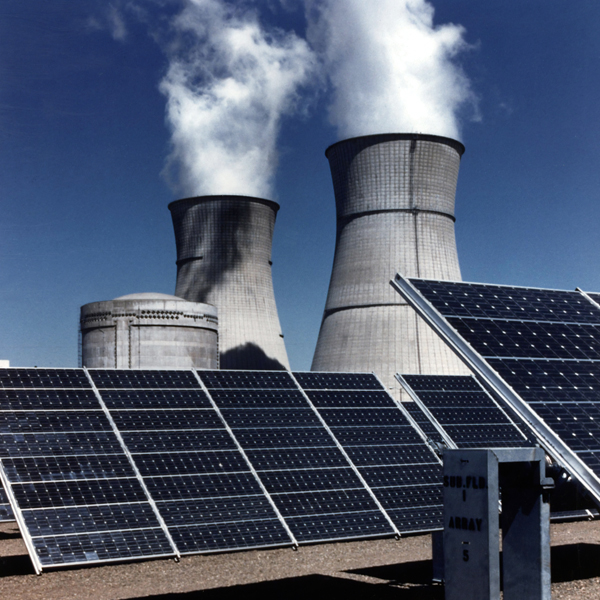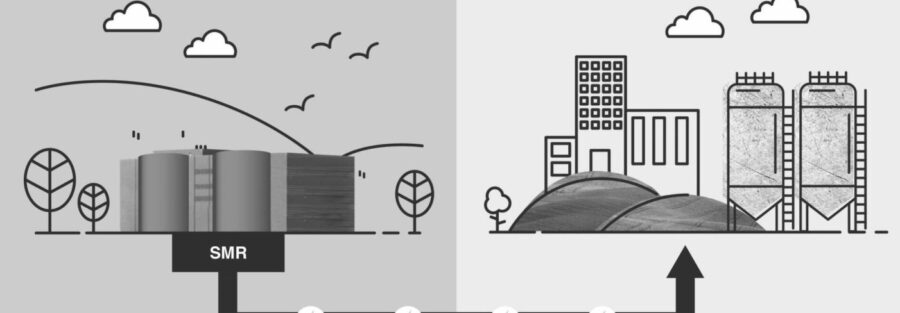SMR (Small Modular Reactors) Clean Energy transition from Conventional sources
India has set a target of nuclear power capacity of 63 GW by 2032. Presently, with installed nuclear capacity 7380MW, is the fifth largest source after Coal, Gas, Hydro, Wind and Solar.Small Modular Reactor (SMR), is a proposed class of nuclear fission reactors, smaller than conventional nuclear reactors up to 300 megawatts of electricity, which can be built in a location, shipped, commissioned and put to generation at a remote location. It is compact, ‘modular’, flexible, cost effective, and can be off-grid or have grid-support. SMRs might hold the key for India’s massive infrastructure development needs.
Some of the key Challenges include
#Technology ‐ Development and adoption of appropriate Technology suited to India. Post sanctions, India can now adopt, tie-up, co-develop Technology. Several SMR Technologies are in development or in operation across the world like Light water reactors (LWRs), High-temperature gas-cooled reactors (HTGRs), Molten salt reactors (MSRs), Sodium-cooled fast reactors (SFRs). Regulation – Atomic Energy Regulatory Board (AERB) is India’s nuclear regulatory authority and responsible for all nuclear and radiation-related activities in the country. Licensing and Approval Process – A clear and streamlined licensing and approval process specific to SMRs, including procedures for site selection, design approval, construction, commissioning, operation, and decommissioning of SMRs.#Safety and #Security Regulations – Stringent, and adequate safety and security regulations to ensure the safe operation of SMRs, including reactor design, emergency response, radiation protection, and physical security. #Environmental Impact Assessment – Regulations requiring comprehensive environmental impact assessments (EIAs) for SMR projects. Fuel Management – Management of nuclear fuel, including procurement, handling, storage, and disposal with respect to unique aspects of SMR fuel cycles. Waste Management – Handling, storage, and disposal of radioactive waste generated by SMRs. #Emergency #Response and Preparedness – Emergency response plans, including communication, evacuation, and coordination with local authorities. Periodic Reviews and #Inspections – Regular reviews and inspections by the regulatory authority to ensure compliance with safety and security regulations. Liability and Insurance – Establishing liability and insurance frameworks is essential to address potential accidents and their consequences.


#Research and #Development – Encouraging research and development, #MakeinIndia initiatives in the field of SMRs and advanced nuclear technologies can help improve regulatory standards and ensure that they keep pace with technological advancements.
#CAPEX and #Financing – Impetus is needed from the Government to push through necessary #regulations #guidelines #policy #framework #transparency #vision for #development and easier adoption of technology. India had developed indigenous nuclear power programme like pressurized heavy water reactor (by NPCIL with DAE), when the world had sanctioned against India, and is now developing and exploring other technologies like as high-temperature gas-cooled reactors (HTGRs) , molten salt reactors (MSRs), and sodium-cooled fast reactors (SFRs), which have higher efficiency, safety, and sustainability features, which will help India in exploiting thorium, a far safer option than uranium. To begin with, and giving impetus to the sector, opening it by allowing, at least, by forming Joint Ventures between NPCIL with PSUs like NTPC, State Gencos, NLC and other Gencos can give an impetus to faster development and implementation. Formation of #Joint #Ventures between public sectors (to begin with), can bring in necessary #funds #finance and help in demonstration of #capability, and subsequent allowance of #private sector through #PPP mode.#SMR #cleanenergy



